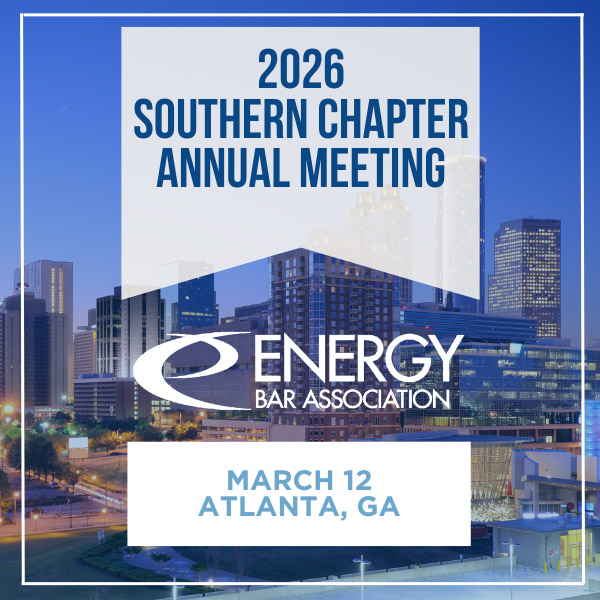MISO transmission owners again have taken arguments against FERC’s most recent return on equity decision to the D.C. Circuit Court of Appeals.
The transmission owners on Feb. 4 submitted a petition for review of FERC’s October order that set their base ROE at 9.98%, down from the previous 10.02% (25-1045). They said the commission impermissibly and retroactively backdated ROE to “an earlier order that FERC abandoned” while including eight years of interest as part of the excessive refunds ordered.
FERC most recently settled on MISO transmission owners’ ROE by once again eradicating the risk premium model from the calculation. (See FERC Sets MISO TOs’ ROE at 9.98%, Again Eliminates Risk Premium Model.) The commission reasoned there was no evidence investors use the model. FERC stuck to the remaining two models — the discounted cash flow and the capital asset pricing — to establish a zone of reasonableness and set the ROE at its midpoint.
At the time, FERC’s decision appeared to settle a more than 10-year-old back-and-forth over which rate inputs are appropriate.
MISO TOs’ rehearing request of the October decision was denied Dec. 19, 2024, because FERC failed to act on it within the statutorily prescribed 30-day period (EL14-12, et al). In their request, MISO TOs said they shouldn’t be subjected to “punitive interest for multiyear delays far outside of the MISO transmission owners’ control” because of FERC’s delay in addressing complaints filed more than a decade ago.
The transmission owners also argued to the D.C. Circuit that the latest ROE decision lends legitimacy to “an underlying unlawful complaint” made in 2015.
MISO transmission customers in late 2013 first complained that the 12.38% ROE in use since 2002 was excessive. A second complaint challenging the ROE followed in 2015; that complaint was dismissed as FERC set and reset ROEs from 2016 onward (10.32% beginning in 2016, 9.88% in 2019, 10.02% in 2020).
MISO TOs said since the second, 2015 complaint made no new allegations and presented no new facts or analyses on ROE, only the first, 2013 complaint should be considered for FERC’s 15-month limit on refunds per the Federal Power Act. The TOs said the 2015 complaint included identical analysis and identical allegations as the 2013 version. They argued it amounted to a “transparent attempted end-run around” to roll another 15-month period into the assorted ROE refunds and ultimately had FERC backdating refunds with interest to 2016. TOs said FERC should have dismissed the 2015 ROE complaint as an “unlawful successive complaint” instead of referring to it as a point in time for refunds.
MISO TOs argued that FERC only may establish new rates prospectively and cannot claim that it “simply granted rehearing in the more than eight years” that passed since it set the 10.32% ROE, especially since new ROE orders have come and gone since then. TOs said FERC only should have used the original, 15-month span between 2013 and 2015 for refunds when it set the current, 9.98% value.
This isn’t the first time the D.C. Circuit has been asked to weigh in on the long-running ROE question.
FERC found the ROE case back on its docket last year because the D.C. Circuit in 2022 vacated the commission’s 10.02% value due to the risk premium model’s inclusion since 2020. On a petition for review from transmission customers, the court said it didn’t understand why FERC would dedicate pages to describing the risk premium model’s shortcomings, circular nature and scarce use only to reinstate its application a few years later in 2020. (See DC Circuit Sends FERC Back to Drawing Board on MISO ROE.)



